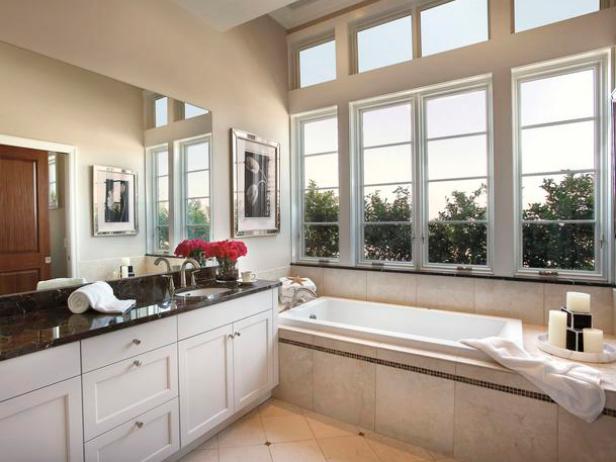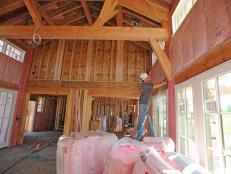Choosing Windows for Your Addition

Much of your house's personality comes from its windows. On the outside, they're some of a building's most prominent features, and on the inside they're a defining element of the interior design—almost like repeating wall art. So, when you're adding onto your home, make sure the new windows harmonize with the old ones in the rest of the house (even as they provide better efficiency and ease of cleaning).
Here are the four important factors to consider:
Layout. Before you get to the look of the windows, you need to consider their size and placement. Try to match the size, height and spacing of the windows in the original structure—at least in the front of the building, says New York City architect Dennis Wedlick. But don't be locked into that framework around back. You can create a wall of windows along the rear of your addition to bring the outside in. Just find ways to make the new windows work with what's in the rest of the house, either with their proportion, moldings or the divided light patterns.
Efficiency. Compared to the single paned windows you likely have in the old house, today's windows are about twice as efficient. And, at least in most climates, there's no need to spend extra on upgrading to even higher efficiency than that. The standard double-paned glass, with insulating argon-gas between the panes, and heat-transfer-blocking low-emissivity coating are extremely efficient and draft proof—and may even qualify for tax breaks.
Looks. Ask your contractor to match the exterior and interior window trim that's on the rest of the house, says Curt Schultz, a Realtor-architect-builder in Pasadena, Calif. Also, match the original window material (generally wood, vinyl or metal)—and ask for a similar divided light pattern to what's on the rest of the house. Divided lights are the individual panes of glass in a single window, separated by strips of wood or metal called muntins. True muntins are extremely costly these days, because of the double paned glass, but you can order simulated divided lights, which have a grille on each side of the window, as well as one between the panes, giving the look of real muntins, typically for $200 extra per window.
Maintenance. Aside from efficiency, the biggest improvement in window technology is the ease with which you can clean them. Today's windows tilt in so you can wash both sides of the panes from indoors. Plus, unlike older single pane glass windows, double panes do not require storms (second windows added to the outside of the main window as additional protection against drafts and severe weather). Look for windows with attractive and easy to use tilting mechanisms.
Because of the efficiency and maintenance advantages, many homeowners doing additions take the opportunity to replace all of the windows in their house at the same time—ensuring that the windows all match perfectly too. But this requires removing and replacing interior and exterior trim, and a significant amount of painting, and can easily run $500 to $1,200 per window, so it doesn't fit every addition budget.




































